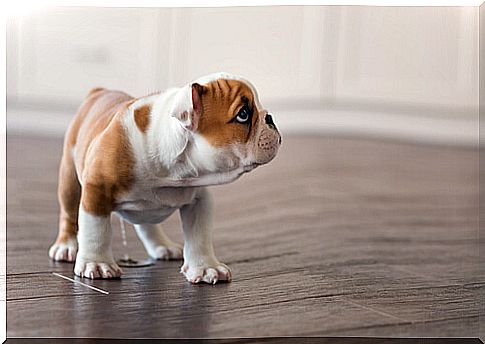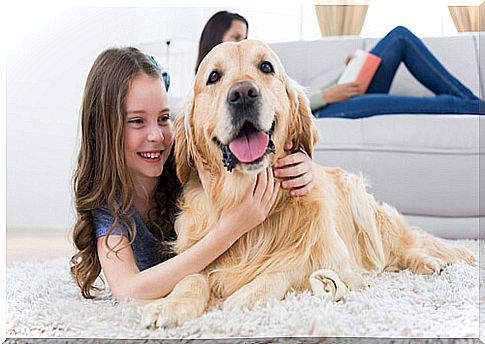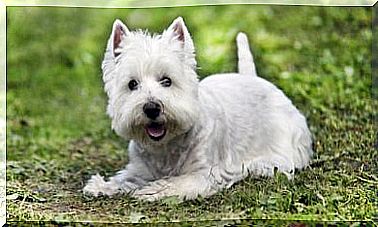What Should You Do If Your Dog Does Not Adapt To The House?

When your dog does not adjust to the house, the new home seems incomplete. But before punishing you or considering another move, we propose to better understand adaptation problems and how to improve them. With patience and dedication, your best friend will feel very comfortable in his new environment.
Adaptation problems in dogs
It is common for us to hear a lot about the adaptation problems of puppy pots and adult dogs. But generally, what we consider a problem is a transition period.
Let’s put ourselves in the shoes of our best friends for a minute. If a move already seems difficult for us, who choose it and understand it clearly, imagine how rare it must be for them.

Dogs also stick to their routine, which includes their home and all the stimuli it offers. Faced with a change in its entire environment, it is logical that the animal misses and needs time to get used to it again; and, in fact, the same thing happens with us.
During this transition process it is common for the dog to present anxiety, hyperactivity or sadness. To release the accumulated tension, you can find different escape valves such as chewing clothes, shoes, furniture, objects, etc; and is that some animals develop compulsive behaviors and can even injure themselves.
What to do if my dog does not adapt to the house?
If your dog shows signs of maladjustment, surely this question goes round and round in your head. Can we help our best friend to calmly go through his transition period and face the changes positively?
Naturally, the answer is yes. Owners can help their pets to get them used to a new home and, in this sense, we will see some simple tips below:
5 tips to help your dog adapt to the new home
-
Patience: adaptation takes time
It seems like a very simple advice, but it is actually the most important, so the first thing to understand is that adaptation is a process that takes time. Therefore, first of all, it is essential to be patient and respect the times of our best friends.
-
Approach and present the move as something positive
Dogs are very sensitive and quickly perceive our state of mind, and also our emotions. How many times do our dogs come to comfort us when we feel sad without us saying a single word to them?
Many times we view a move as something annoying, and we show a bad mood or other negative feelings without realizing it. Surely our dogs are going to perceive these changes in our behavior, so they can be suspicious, anxious, sad and even aggressive. It is very important to approach and present the move to your pet as something positive.
-
Take you to see your new home before you move
If your move is coming, the ideal is to present the new home to your pet before moving it permanently. This helps to provide a gradual adaptation to the new environment, and thus avoid a sudden change in the animal’s routine.
It is recommended to make regular visits for one or two weeks to the property and its surroundings so that the dog can recognize it. It is also interesting to bring some toys, a blanket and things that can facilitate the identification of the new home.
-
Prepare a special environment for your dog
The dog will feel more ‘at home’ by recognizing that the new home includes an environment dedicated to his comfort and fun. It also helps in adaptation when the animal perceives that it can feel safe in its corner.

Likewise, it is recommended to reserve a reasonably large space where your best friend can find his toys, his crib, his water and food. This will be the place where you will feel invited to play, rest, live together and take refuge.
-
Rule out possible pathological causes
Many times, the behavior changes of our pets can reveal health problems. Excessive sadness, lethargy and lack of interest can become clinical symptoms of various pathologies.
If your dog shows behavioral disorders, loss of appetite or fatigue, it is important to take him to the vet to rule out any pathological cause. It is also essential that the dog receives adequate preventive medicine throughout its life.
If your dog does not adapt to the house and you do not have the time to dedicate it to its integration, it is best to seek professional help. There are many dog trainers and educators that can help your best friend.
It might interest you …
Main image source: Garen M.










